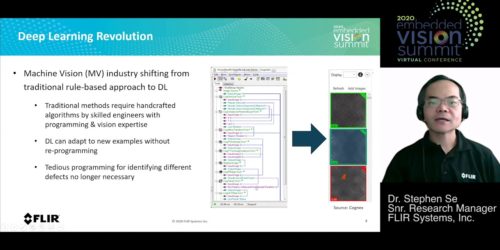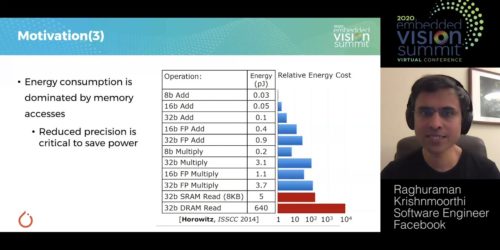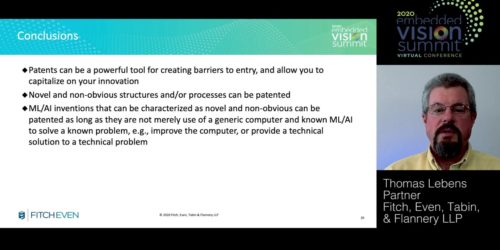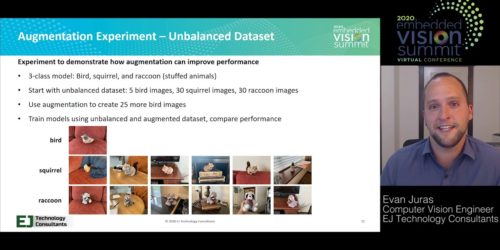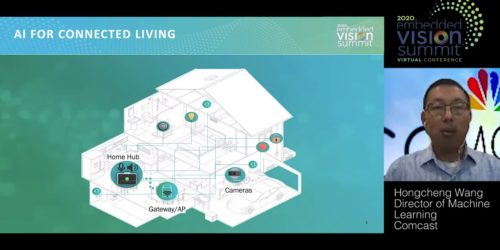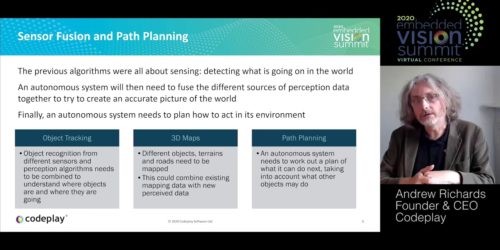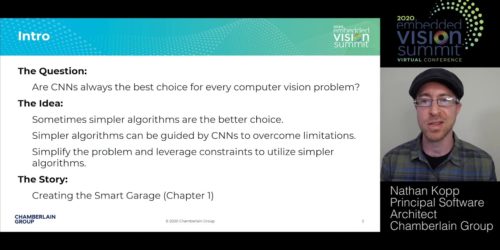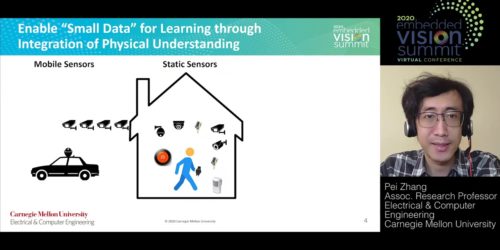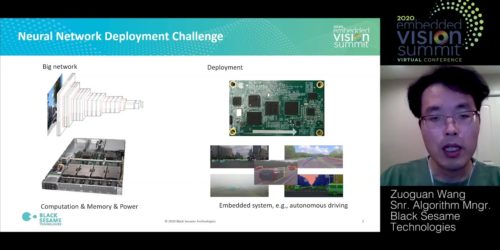“Deep Learning for Manufacturing Inspection: Case Studies,” a Presentation from FLIR Systems
Stephen Se, Senior Research Manager at FLIR Systems, presents the “Deep Learning for Manufacturing Inspection: Case Studies” tutorial at the September 2020 Embedded Vision Summit. Deep learning has revolutionized artificial intelligence and has been shown to provide the best solutions to many problems in computer vision, image classification, speech recognition and natural language processing. See […]

